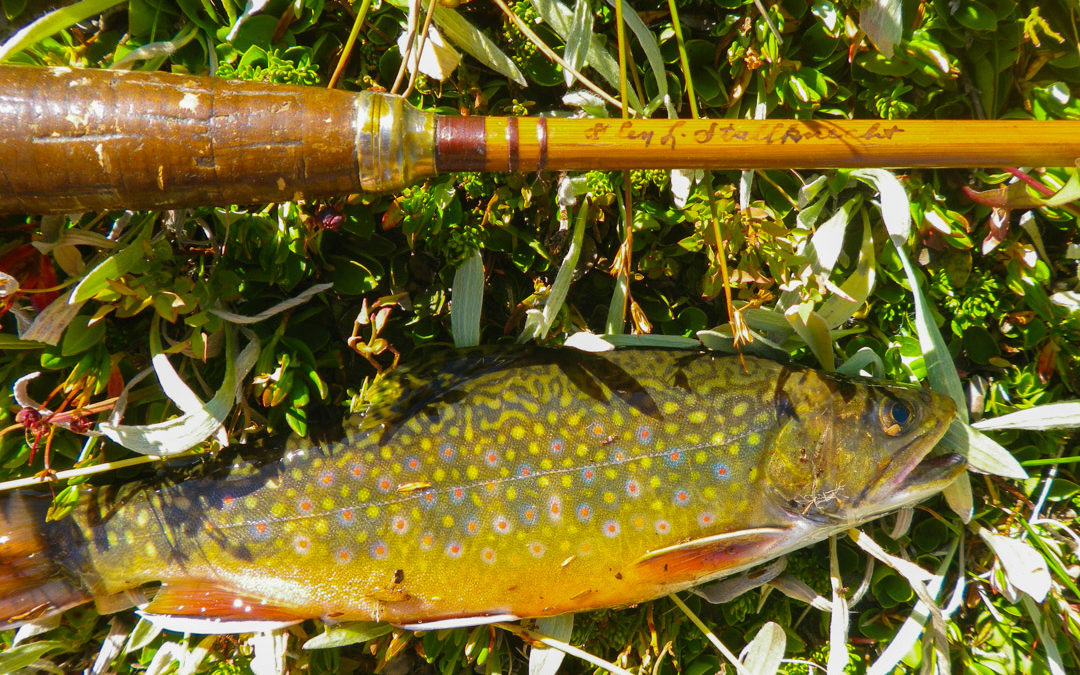Young George has caught a fish before—but never one on a fly. When I was his age, fishing was life. There was nothing I would rather do more than walk the lake shores of my upstate New York home and cast for perch, bass and sunfish—much to the chagrin of my piano teacher. On the special days, I would meet my grandfather early in the morning and we would walk down the hill, out onto that creaky metal dock and into his small, aluminum fishing boat. In the winter, we pulled our sleds down that same hill and onto the frozen surface of the bay armed with rods, augers, ice skimmers, thermoses, extra gloves, etcetera. In either case, when we left the shore we didn’t come back until the sun began setting. For better or worse, we were out on the lake, and we were together.
Being an amateur archaeologist and an avid student of local history, my grandfather was one of a small group of founders of a small, local museum—The Oliver Stevens Blockhouse Museum—at the outlet of an Oneida Lake. On that side of our family, we are among the second settlers in that part of New York state. And as we cast our lines in the lee of Frenchman’s Island or the shallows of Pottygut Bay, the place was alive not only with the creatures in and around the waters, but with the events and characters of the near and distant past. In my minds eye, and at the age my son is now, I could visualize the fish pirates setting their nets along the swamps and the market hunters beating drums amid the cattails to stir their waterfowl quarry, and the rippling banners over the bateau of Sir William Johnson as he and his men crossed the lake bound for Fort Niagara during a campaign of the French and Indian War (only for some of them to meet their end in the infamous afternoon wind storms and swells that this lake can muster). The crushing jolt of those same whitecaps pounded the lessons of the past into my mind as I hid beneath the small decking at the bow of that open boat on inclement days—my only view of the outside world was through my grandfather’s sturdy legs as he stood erect, steering against the wind and spray. I could clearly picture the French explorer Samuel Champlain being carted north in a basket upon the backs of on of his Algonquin compatriots following an assault on the Iroquois fortifications near present-day Syracuse. Clear also were the linen-clad boys—my earliest relatives–operating the first ferry to cross the river, long before any bridge came into being. My grandfather imbued me with his passion for this knowledge, for that place and for the sharing of it with others.
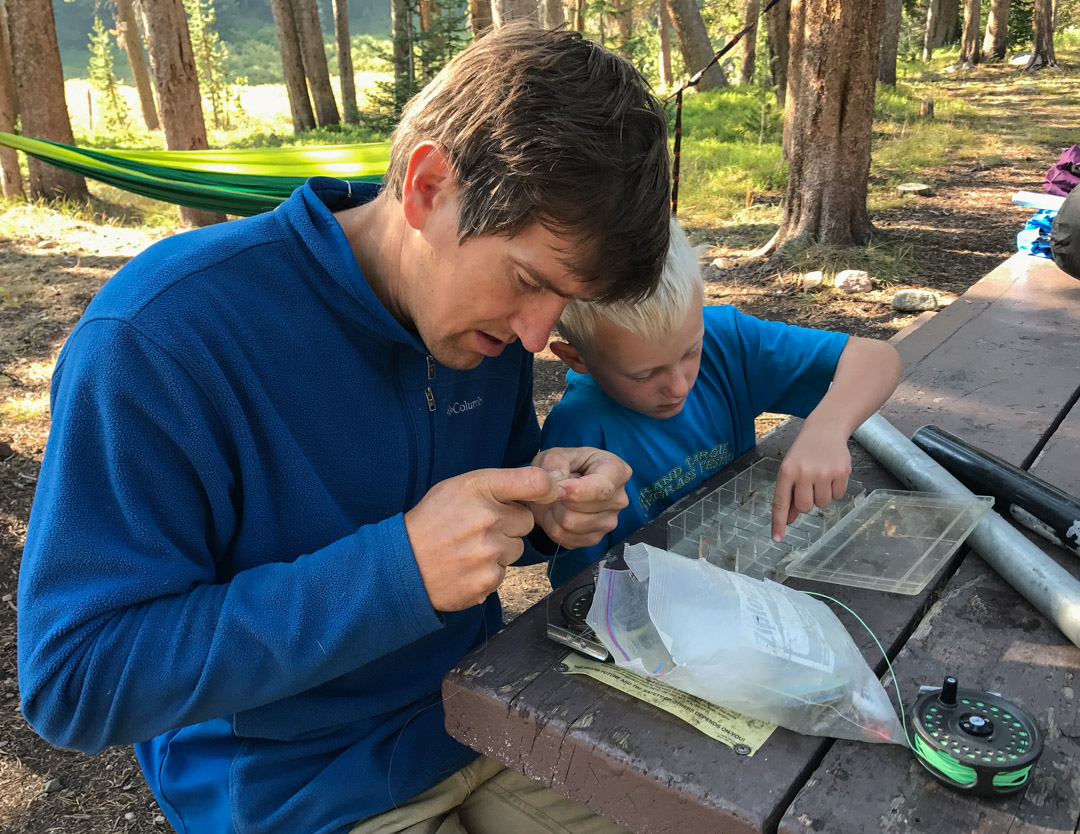
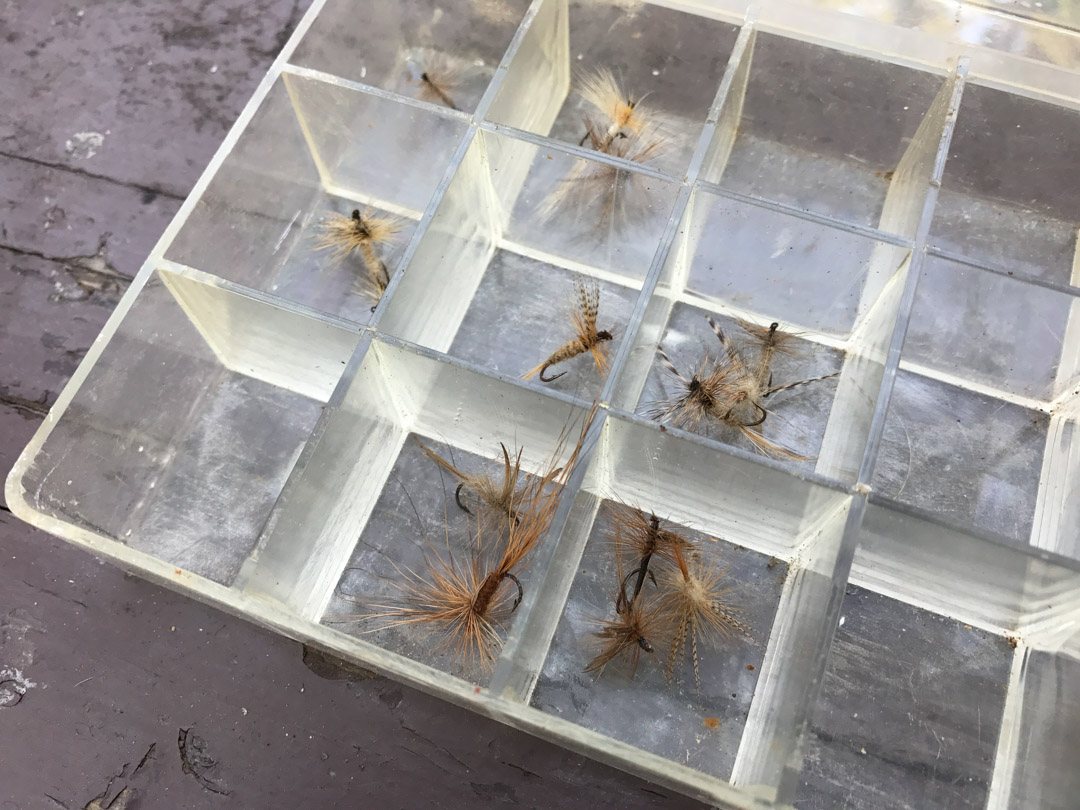
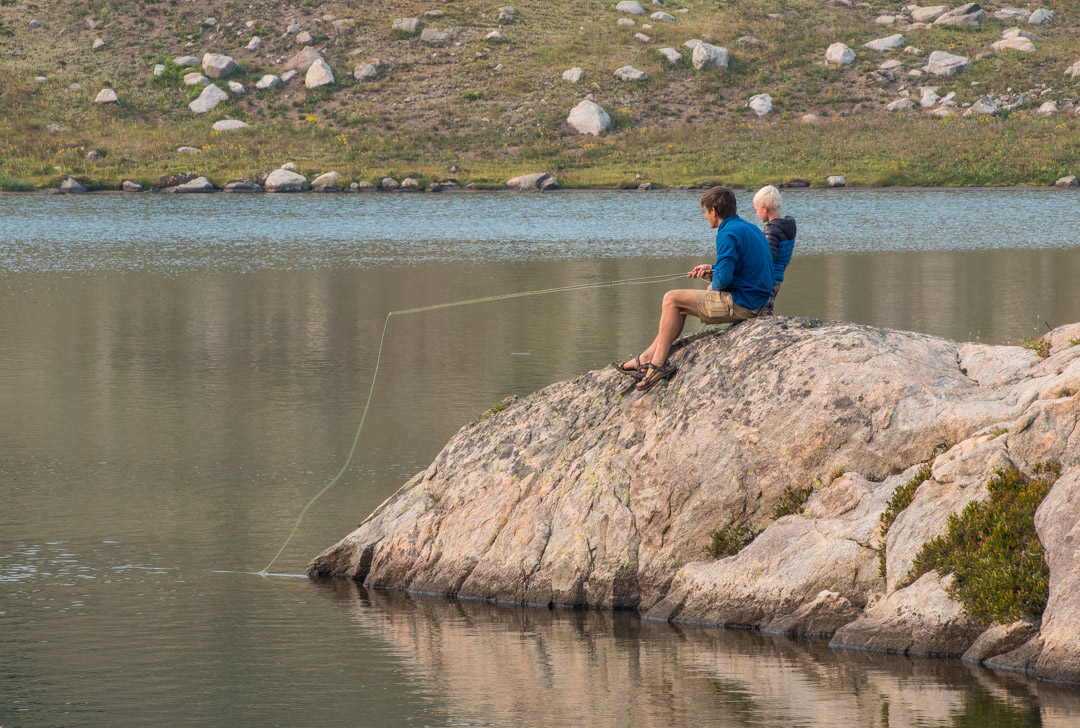
He nodded without words and so the day unfolded—more lessons, advice, laughter, great schemes and theories on the psychology of fish, birds, bugs and all manner of things. It was during this time that I felt it pass—like wind over a high ridge or water through a flume–that untouchable something that goes between a father and a son, from one generation to the next. It was with great pride that some of those original, physical landmarks of my own growing up—some of those very flies from Grampa’s box, now placed in a small canister in my hip pocket, that clover-honey colored cane fly rod that belonged to my son’s great, great grandfather, bearing the inscription “Glen L. Stallknecht” in black ink just above the handle, were with us on this day. It made me feel small, grateful, proud beyond expression as we dined on the delicious flakes of trout cooked over an open fire. I knew that day, as George hooked his first trout on a fly and then cast for a second, it was not just me watching over the delicate S curved line of his back cast…
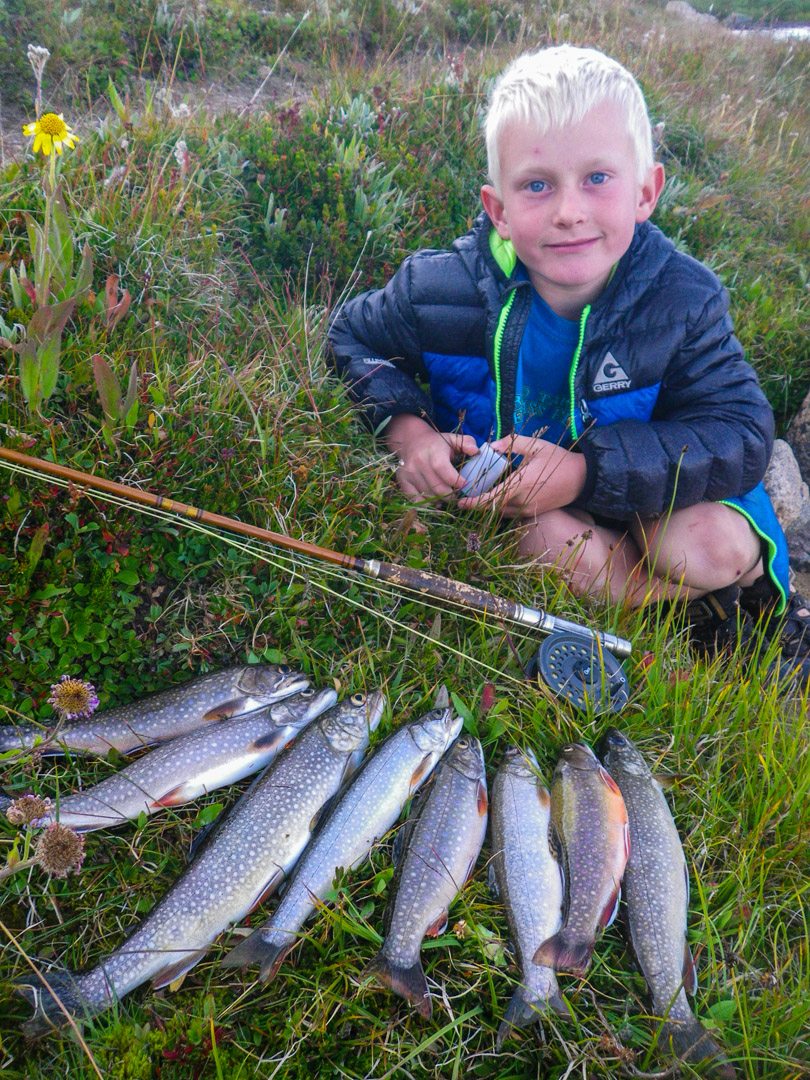
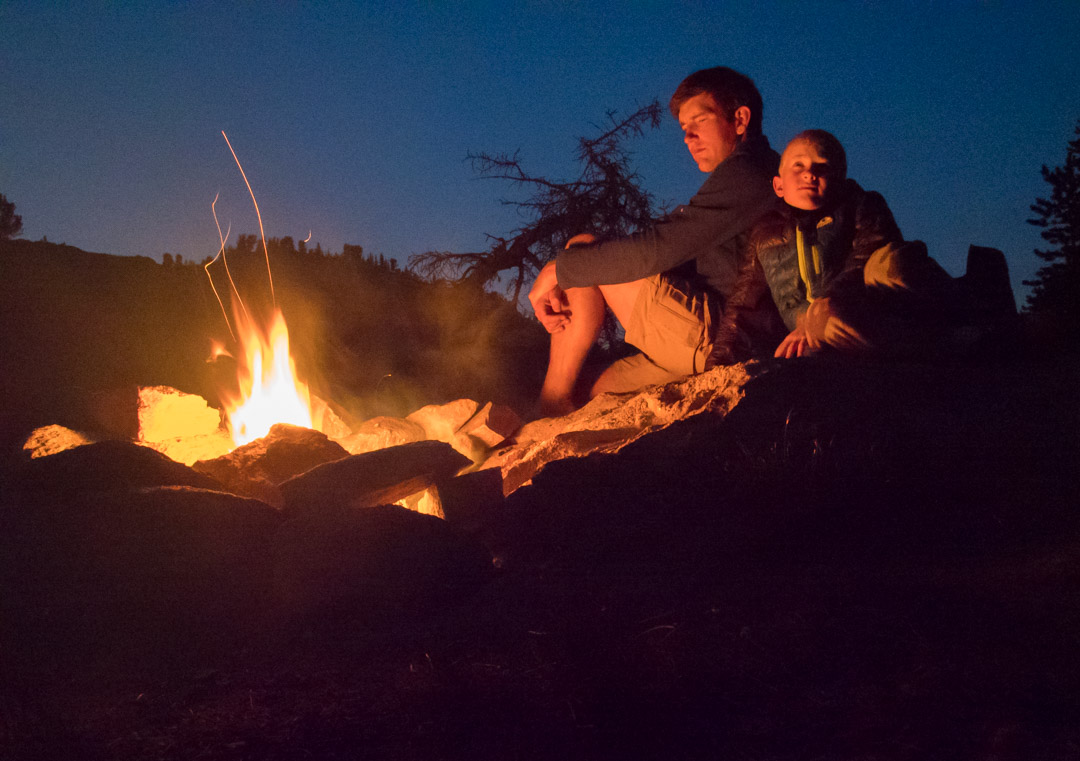
Photos: Jenny Golding & George Bumann

